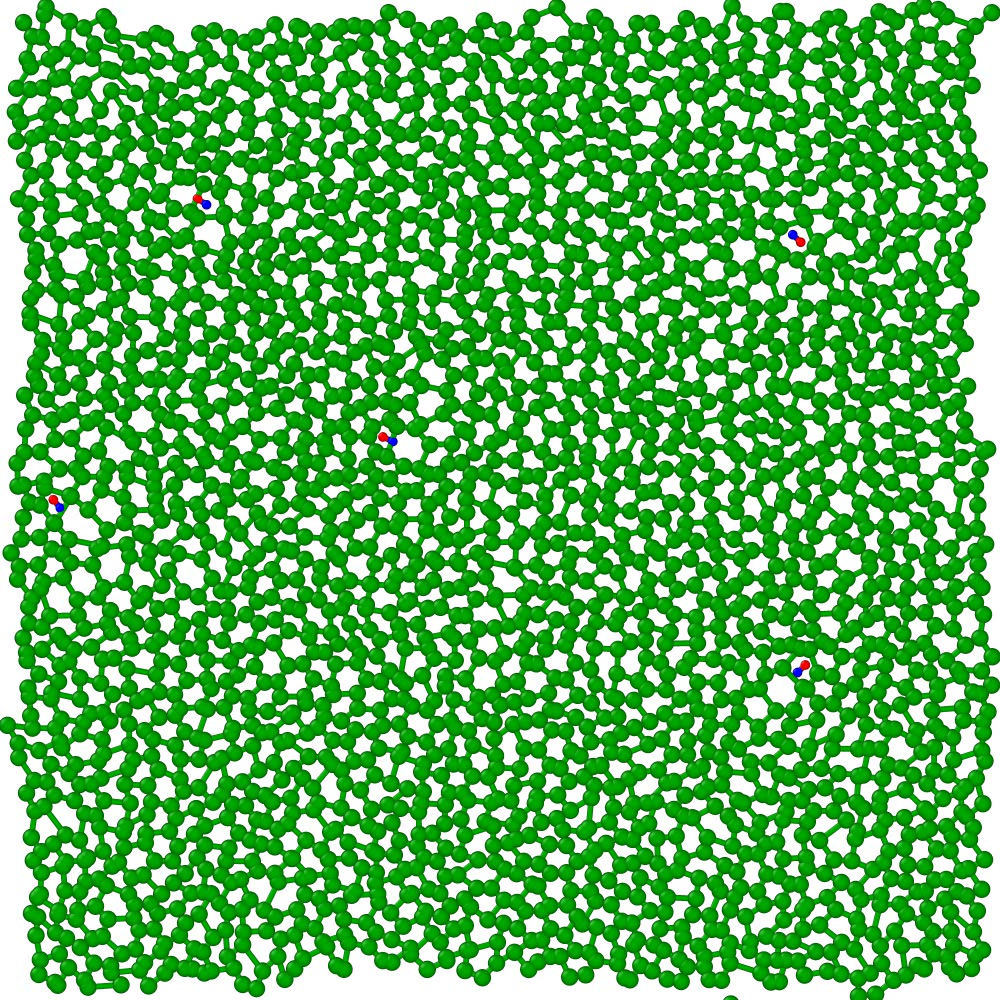
CH812
Fundamentals of
Quantum
Chemistry
(1/2)
Fall semester, 2020-2021;
Course Description:
Postulates of Quantum Mechanics; Operators; The Harmonic Oscillator and The Rigid Rotator as models for vibrational and rotational transitions; Overview of H atom; Variational Method; Overview of He atom; SCF-LCAO-MO theory; Diatomics; Transition Dipole; Electronic spectroscopy; Frank-Condon principle; Spin transitions and Magnetic resonance.
CH425
Chemical Bond
and Molecular
Geometry (1/2)
Fall semester, 2019-2018, Fall semester, 2020-2021;
Course Description:
Postulates of quantum mechanics; hermitian operators; complete set. Derivation of the uncertainty relations. Exactly solvable problems, orbital angular momentum, and the hydrogen atom. Spin, spin orbitals, and characteristics of a many-electron wave function. Variation theorem, variation method, the linear variation method, and the non-crossing rule. Applications: Many-electron atoms, self-consistent field, atomic orbitals, Slater Type Orbitals, Slater exponents and the periodic properties of elements; LCAO-MO, Hückel orbitals; Born-Oppenheimer approximation, Potential energy surface, Hellman-Feynman theorem; Hydrogen molecule ion, Hydrogen molecule; Qualitative molecular orbitals for homo- and hetero-nuclear diatomics, isoelectronic principle, hybrid orbitals, and Walsh molecular orbital diagram. Time-independent perturbation theory - Rayleigh-Schrödinger formulation. Applications: Zeeman effect, Stark effect, crystal field splitting, and simple ligand field treatments. The valence bond treatment of hydrogen molecule; Resonance; Polarity and dipole moment; Electronegativity; Valence-bond wave functions for polyatomic molecules.
CH425/812 post mid-semester notes
CH826
Topics in
Chemistry (1/3)
Spring semester, 2018-2019;
Course Description:
Physical Chemistry of proteins: structure, function, and dynamics, Brownian motion, diffusion,
role of water in biological and chemical processes, Electron Transfer Reaction: Marcus Theory,
Glass Transition: Where Physics meets Chemistry.
CH814
Fundamentals of
Molecular Energetics
and Dynamics
Fall semester, 2018-2019;
Course Description:
Statistical view of entropy; Deducing 2nd and 3rd laws of thermodynamics from statistical considerations; Free energies, chemical potentials, partial molar quantities; Boltzmann distribution, partition functions and statistical mechanics of simple gases and solids; Chemical equilibrium and equilibrium constant in terms of partition functions; physical kinetics; reaction dynamics, transition states; ions in solution; co-operativity.
CH408
Molecular Energetics
and Dynamics
Spring semester, 2016-2017; Spring semester, 2017-2018;
Course Description:
Statistical view of entropy. Laws of thermodynamics from statistical considerations. Molecular view of temperature and heat capacity, Boltzmann distribution. Thermodynamic quantities in terms of the partition functions, Bose-Einstein and Fermi-Dirac Statistic. Overview of rate laws and determining rates and orders of reactions. Complex reactions. Catalysis. Temperature dependence and Arrhenius law. Potential energy surfaces. Kinetic theory of collisions. Transition State theory. RRK and RRKM theories. Reaction cross-sections, rate coefficients, reaction probabilities. Photochemical reactions. Ultrafast reactions. Diffusion in solids, liquids and solutions. chemical oscillations and nonlinear dynamics.
Fall semester, 2013-2014; Fall semester, 2014-2015; Summer Course, 2015; Fall semester, 2015-2016; Fall semester, 2016-2017; Fall semester, 2017-2018;
Course Description:
Schrodinger equation, Origin of quantization, Born interpretation of wave function, Hydrogen atom: solution to phi-part, Atomic orbitals, many electron atoms and spin orbitals. Chemical bonding: MO theory: LCAO molecular orbitals, Structure, bonding and energy levels of diatomic molecules. Concept of sp, sp2 and sp3 hybridization; Bonding and shape of many atom molecules; Intermolecular Forces; Potential energy surfaces-Rates of reactions; Steady state approximation and its applications; Concept of pre-equilibrium; Equilibrium and related thermodynamic quantities.
These slides are made for undergraduate students. Many materials have been taken from the internet and acknowledged whenever possible.
CH107
Physical Chemistry
CH 107: Lectures 1-2 (2016),
Chemical Bonding 1 (2016),
Chemical Bonding 2 (2016),
Methane Delocalized MOT,
Lectures 3-5,
Lecture 6-8
Lecture 9
Lecture 10
Lecture 11-12
Lecture 13
Lecture 14
Lecture 15
Lecture 16
Lecture 17-18
Lecture 19
Lecture 20-22
CH107: Lectures 1-2 (2016) (pdf),
Chemical Bonding 1 (2016) (pdf),
Chemical Bonding 2 (2016) (pdf),
Methane delocalized MOT (pdf),
Lectures 3-5 (pdf),
Lecture 6-8 (pdf)
Lecture 9 (pdf)
Lecture 10 (pdf)
Lecture 11-12 (pdf)
Lecture 13 (pdf)
Lecture 14 (pdf)
Lecture 15 (pdf)
Lecture 16 (pdf)
Lecture 17-18 (pdf)
Lecture 19 (pdf)
Lecture 20-22 (pdf)
Link to the video on Double slit experiment,
Quantum Dot Video 1,
Quantum Dot Video 2,
Quantum Dot Video 3
CH576
Statistical Mechanics
Spring semester, 2013-2014; Spring semester, 2014-2015; Spring semester, 2015-2016; Spring semester 2019-2020; Spring semester 2020-2021;
Course Description:
Ensembles and Averages, equivalence of Ensembles, classical Limit. Monte Carlo and Molecular Dyamics simulations. Distribution functions at equilibrium. Integral equation methods. Perturbation theory. Density functional methods. Molecular fluids. Estimation of thermodynamic functions. Non-equilibrium methods. Linear response theory. Projection operator method. Stochastic processes and Brownian motion. Selected applications to problems in chemical dynamics, relaxation processes and neutron diffraction.
